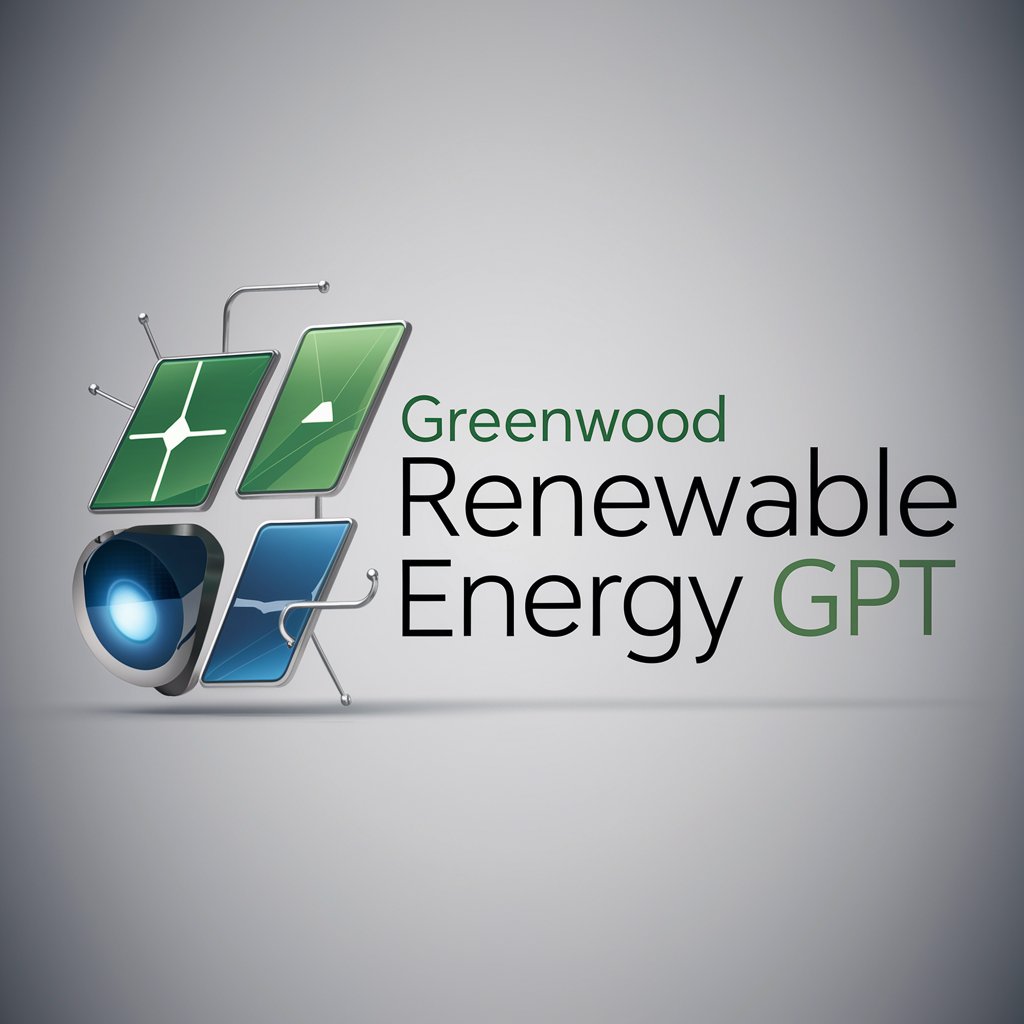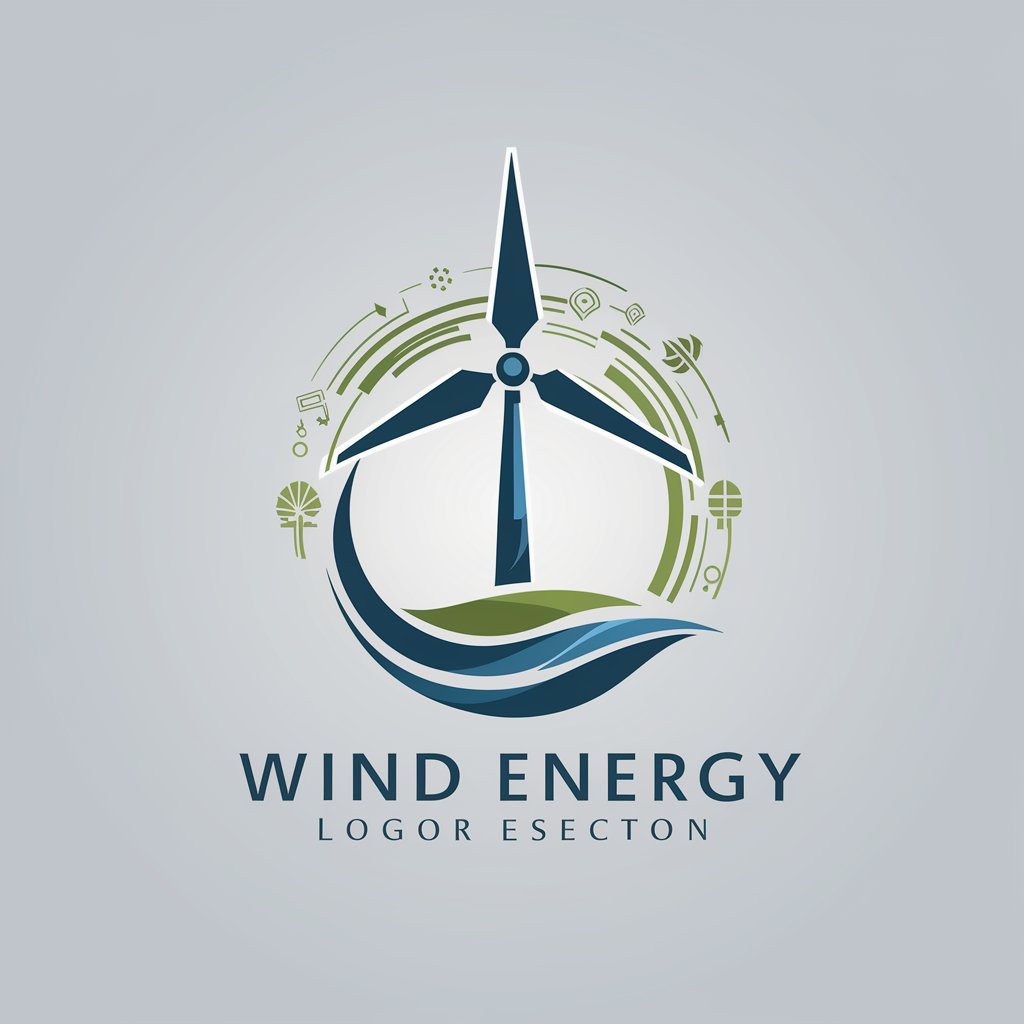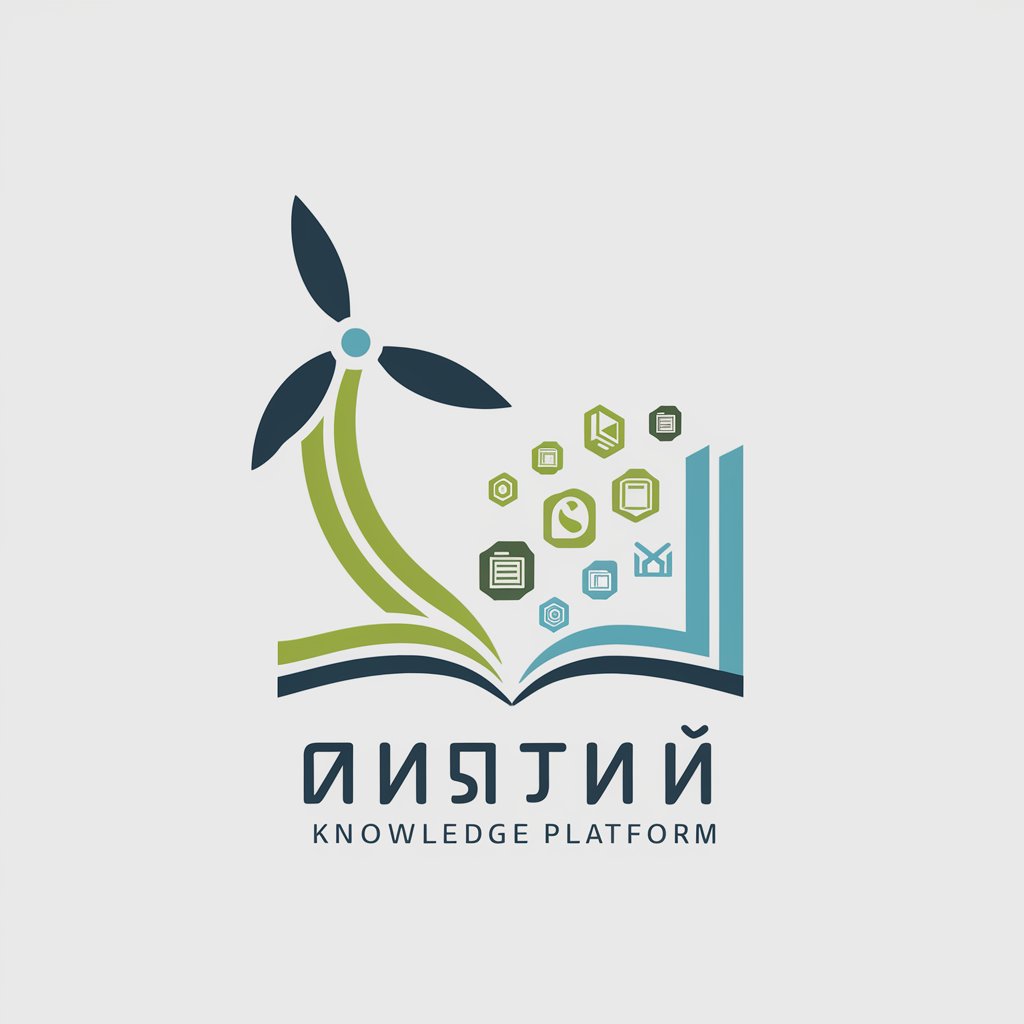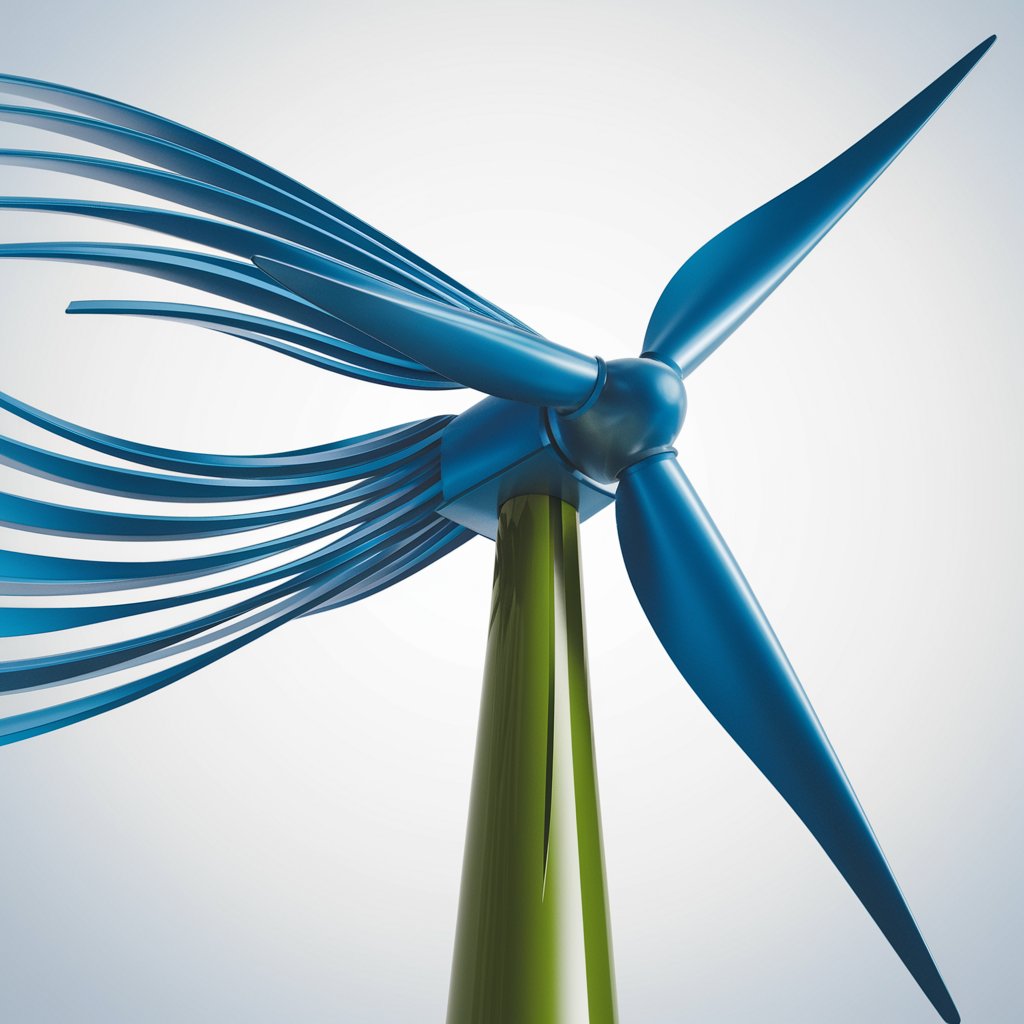
Wind Power Energy - Wind Energy Analysis

Hello! Ready to explore the world of wind power and renewable energy?
Empowering insights with AI-driven wind energy analysis.
Explain how wind turbines convert wind into electricity.
Describe the benefits of using wind power over fossil fuels.
What are the latest advancements in wind power technology?
How does wind power contribute to reducing carbon emissions?
Get Embed Code
Overview of Wind Power Energy
Wind Power Energy, as an AI-driven platform, is designed to provide comprehensive insights, analyses, and support regarding wind energy projects and technologies. Its core purpose is to facilitate the planning, implementation, and optimization of wind power systems by offering data-driven insights and predictive analytics. This includes evaluating potential wind farm locations, estimating energy production, analyzing financial viability, and assessing environmental impacts. For example, Wind Power Energy can simulate wind farm output under various weather conditions to help in the decision-making process for site selection. Additionally, it can offer maintenance scheduling advice based on predictive wear-and-tear analyses, thereby reducing downtime and increasing efficiency. Powered by ChatGPT-4o。

Core Functions of Wind Power Energy
Site Evaluation and Analysis
Example
Assessing wind speed data and geographical information to determine the optimal location for new wind turbines.
Scenario
A renewable energy company is exploring locations for a new wind farm. Wind Power Energy analyzes historical wind speed data, land topography, and accessibility to suggest the most viable sites, potentially increasing the project's overall efficiency and return on investment.
Energy Production Forecasting
Example
Predicting the annual energy output of wind turbines based on historical weather data and turbine specifications.
Scenario
An investor requires an estimate of the annual energy production for a proposed wind farm to calculate potential revenues. Wind Power Energy utilizes years of weather data and specific turbine performance metrics to provide a detailed forecast, aiding in the financial planning and feasibility analysis.
Environmental Impact Assessments
Example
Evaluating the potential environmental effects of wind farm operations, including noise pollution and impacts on local wildlife.
Scenario
Before commencing construction, a wind energy developer needs to understand the environmental implications of their project. Wind Power Energy can analyze various data points to predict the impact on local ecosystems and propose measures to mitigate negative effects, ensuring compliance with environmental regulations.
Maintenance and Optimization
Example
Using predictive analytics to schedule maintenance and optimize the performance of wind turbines.
Scenario
To maximize uptime and efficiency, a wind farm operator seeks to optimize the maintenance schedule of their turbines. Wind Power Energy analyzes operational data and wear patterns to predict when maintenance should be performed, reducing unnecessary downtime and extending the lifespan of the equipment.
Target User Groups for Wind Power Energy
Renewable Energy Developers
Companies and individuals involved in the development of wind energy projects can leverage Wind Power Energy for site selection, project planning, and environmental assessments, streamlining the development process and enhancing project viability.
Investors and Financial Analysts
Those looking to invest in wind energy projects need accurate forecasts of energy production and financial returns. Wind Power Energy provides the data and analytics necessary for comprehensive risk assessment and investment analysis.
Government and Policy Makers
Regulatory bodies and policy makers can use Wind Power Energy to assess the potential of wind energy in their regions, make informed decisions on subsidies and incentives, and evaluate the environmental impacts of wind energy projects to formulate sustainable energy policies.
Environmental Researchers
Researchers focusing on the environmental impact of renewable energy can utilize Wind Power Energy to collect data on wind farms' effects on ecosystems, aiding in the study of sustainable energy solutions and conservation efforts.

How to Use Wind Power Energy
Step 1
Go to yeschat.ai to start using Wind Power Energy immediately, with no need for registration or ChatGPT Plus subscription.
Step 2
Choose the application context in which you wish to utilize Wind Power Energy, like energy management or educational research.
Step 3
Input your query or data into the system, specifying your requirements or the nature of the information you seek.
Step 4
Review the generated information or analysis, making use of the tool’s advanced analytical capabilities to gain insights.
Step 5
Iterate on your query if necessary, refining the parameters or inputs based on the initial outcomes to optimize results.
Try other advanced and practical GPTs
Wind Engineering Wizard
AI-powered offshore wind engineering insights.

Wind Buddy
Tailored Weather Forecasts for Wind Sports
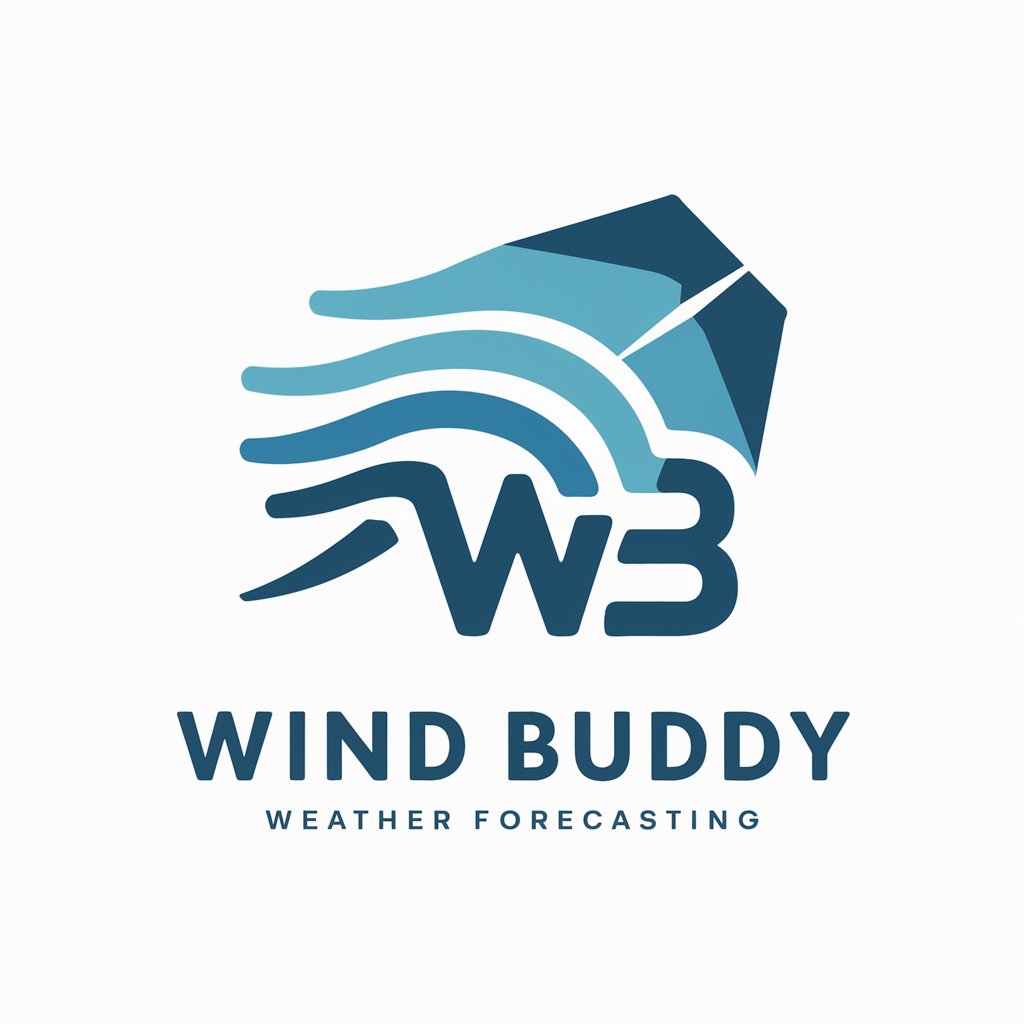
Miu Island Wind
Craft your romance, powered by AI

Wind Manager: Daily Helper
Empowering wind energy projects with AI.
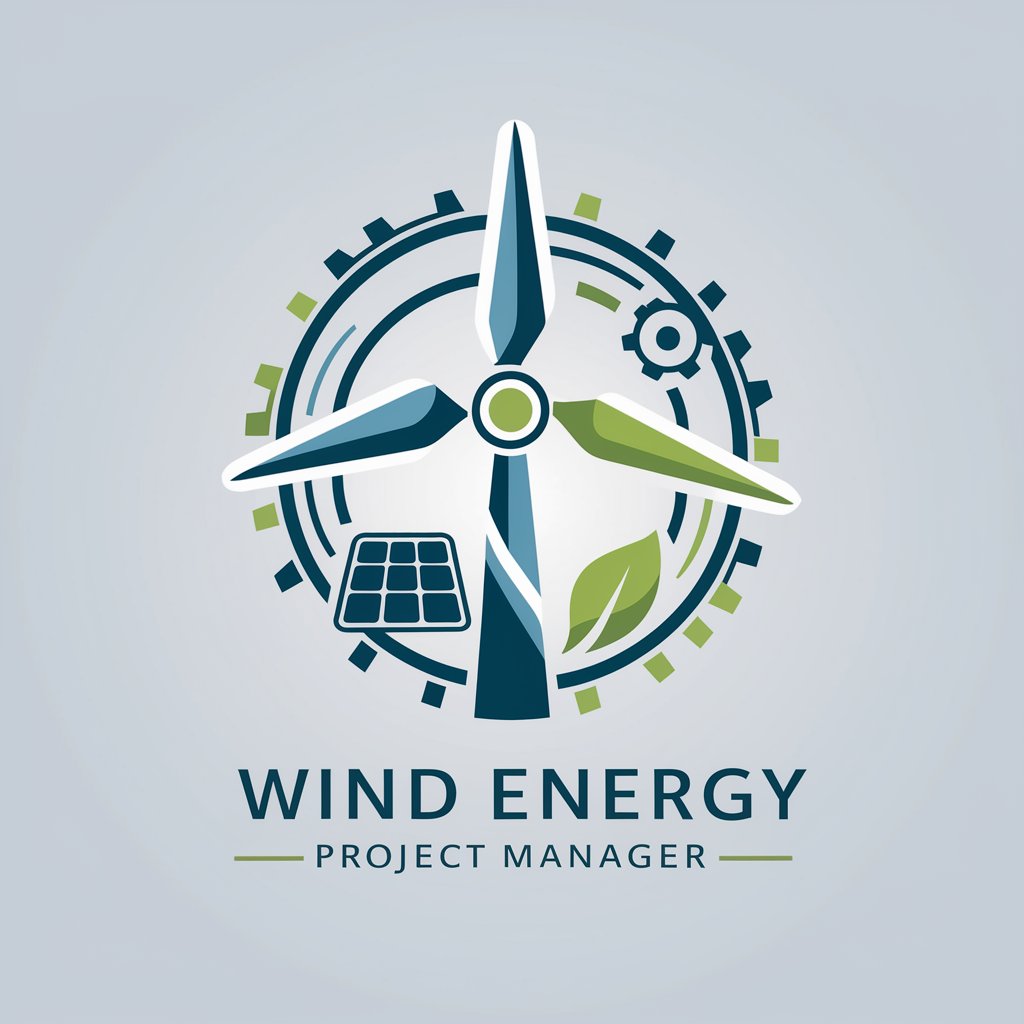
Catch The Wind meaning?
Empower your words with AI
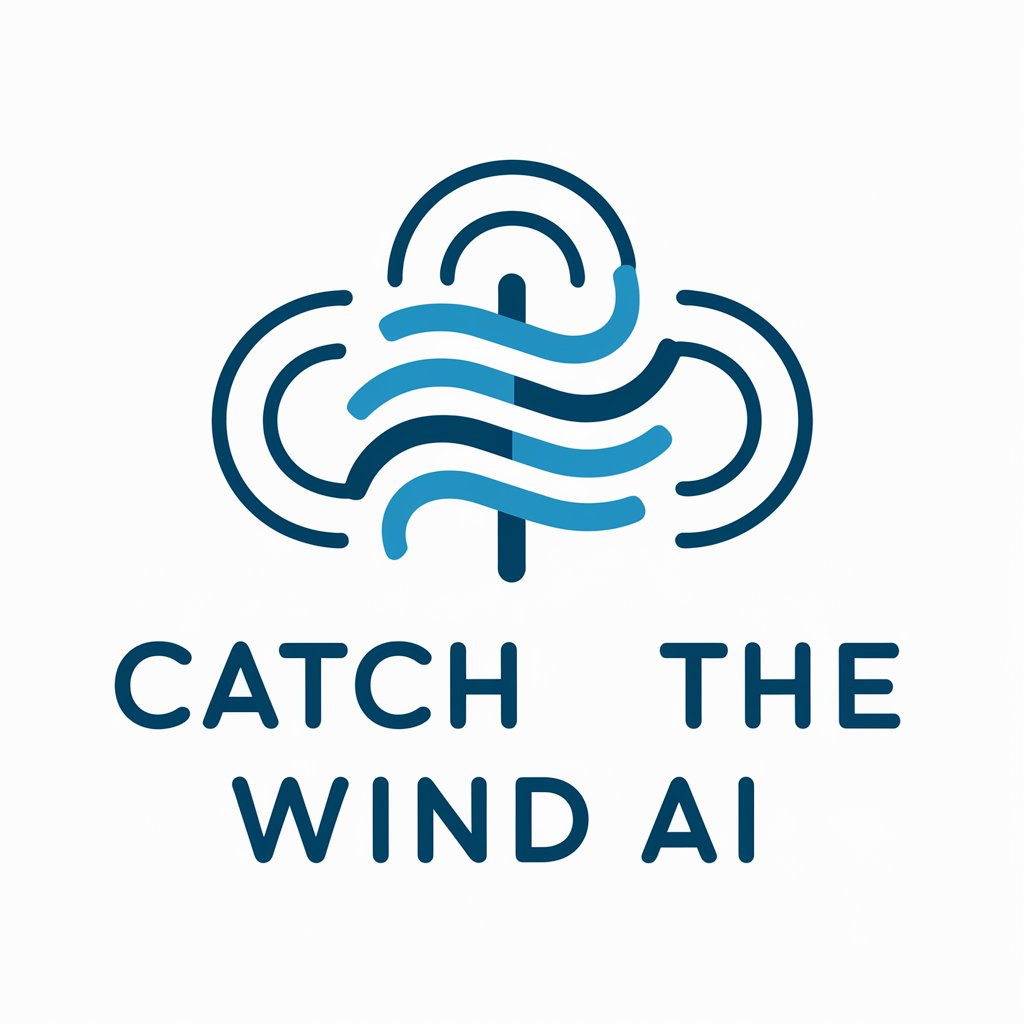
Wind Farm Layout Optimizer
Optimizing Wind Farms with AI

Wind Energy Industry Expert
Powering the future with AI-driven wind energy expertise

Wind Energy Ruling
AI-powered Legal Insights on Wind Energy

Spiritual Sage
Empowering your spiritual journey with AI

Spiritual Navigator
Unlock Mysteries with AI Insight

Spiritual Sage
Exploring Spirituality with AI

Spiritual World
Empowering Your Spiritual Journey with AI

Frequently Asked Questions about Wind Power Energy
What types of analysis can Wind Power Energy perform?
Wind Power Energy can conduct various types of analysis, including but not limited to, wind resource assessment, energy production estimation, economic feasibility studies, and environmental impact analysis.
Can Wind Power Energy help in educational contexts?
Yes, it can support academic research by providing detailed data analyses, facilitating the study of wind energy systems, and aiding in the preparation of educational materials.
Is Wind Power Energy suitable for commercial use?
Absolutely, commercial entities can utilize it for site assessment, investment analysis, and optimizing the performance of wind energy projects.
How does Wind Power Energy integrate with existing systems?
It can integrate through APIs, allowing for seamless data exchange and functionality enhancement within existing energy management or analytical platforms.
Does Wind Power Energy offer real-time data capabilities?
Yes, it can process and analyze real-time data, enabling users to make informed decisions based on the latest available information.

